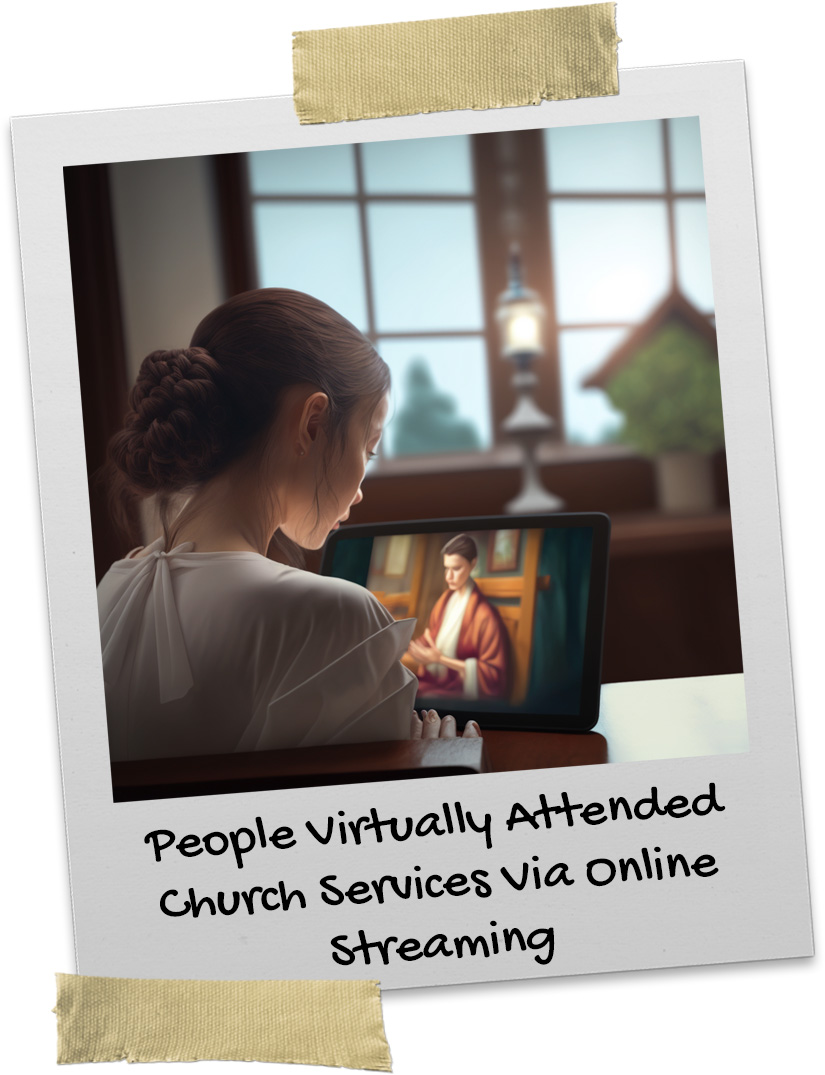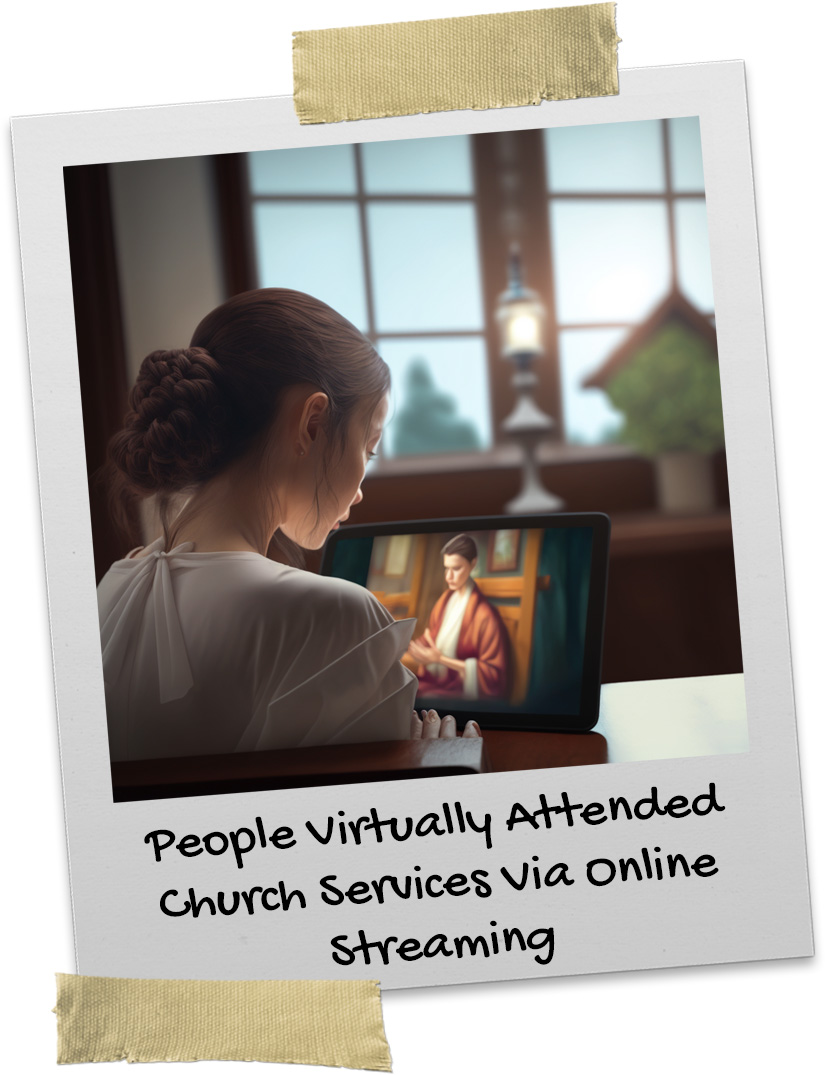People Virtually Attended Church Services Via Online Streaming


When the pandemic hit, many churches had to figure out alternative ways to keep their congregations connected with one another. As restrictions began to be implemented, it quickly became clear that in-person worship services were no longer a viable option. It was at this point that churches started looking for creative solutions to keep their members spiritually connected.
One of the most unique ideas among religious institutions was to offer virtual services online. This was something completely new and completely unexpected for many churchgoers, who had grown accustomed to meeting in person each week for mass or other ceremonies. It was a strange concept–being able to attend religious services from the comfort of their homes instead of in physical churches or temples. Spiritual fulfillment without changing out of your pajamas was now an option!
To make these virtual services possible, many churches had to make big changes in terms of technology and infrastructure. Internet connections had to be improved, websites needed building and maintaining, and video conferencing apps had to be used so that everyone could join together virtually. Of course, some people found this whole process confusing and baffling, and churches had to scramble and lean on congregation members for help.
The lack of physicality posed a challenge and mental hurdle for those attending online services – how could they feel connected when they weren’t physically present? Despite all these struggles, it soon became apparent that virtual worship services were quite popular amongst many congregations. People found comfort in being able to still connect with others during such uncertain times by attending online masses and prayers from their own homes.
In addition to virtual worship services, many churches also made use of social media outlets such as Facebook and Instagram in order to stay connected with members outside of live service times. Often there would be posts from pastors offering words of encouragement or prayer requests along with Bible verses or inspirational quotes; as well as pictures or videos showcasing various ministries within the church community. These posts gave congregation members a chance to stay engaged even if they weren’t available for live streaming or video conferencing at any given time throughout the week.
Also, raising funds had to move to the digital world. Churches rely on donations from the congregation to pay bills and fund the ministries of the church. A good portion of these funds are raised with collection plates during services, and without a physical service, many churches had to go to 100% digital fund transfers via the same platforms airing the worship services.
It was an interesting and trying time for those involved in religious organizations, forced into virtual church services. For many, it became a way to expand their presence. In the long run, it was a positive opportunity for their churches, opening their doors to people who may not have otherwise been able to attend due to geographical or physical restraints. For those faithful individuals who sought solace through prayer and faith while living through an unprecedented global health crisis, online church was a welcomed way of providing spiritual guidance while still adhering to social distancing protocols.



